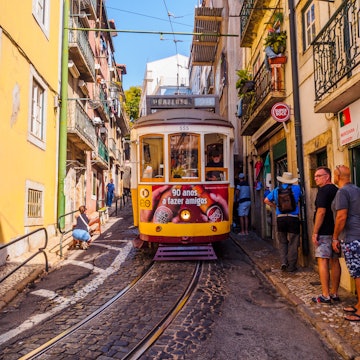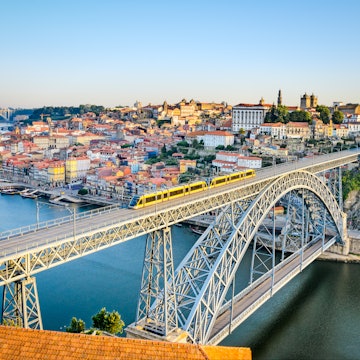

Kerry Murray for Lonely Planet
Overview
Medieval castles, cobblestone villages, captivating cities and golden beaches: the Portugal experience can be many things. History, great food and idyllic scenery are just the beginning.
Leave the planning to a local expert
Experience the real Portugal. Let a local expert handle the planning for you.
Must-see attractions
Planning Tools
Expert guidance to help you plan your trip
Best Things to Do
From drinking wine and eating delicious tarts to admiring art and architecture, here's how to experience the best of Portugal.
Read full article
Best Places to Visit
Beyond the obvious towns of Lisbon and Porto, Portugal promises vibrant historic cities, incredible beaches and wonderful wine regions.
Read full article
Best Time to Visit
Plan your visit to Portugal with our seasonal guide to climate, crowds and events.
Read full article
Things to Know
Plan a magical trip to Portugal with our top tips on transport, safety and etiquette.
Read full article
Transportation
From coastal train rides to DIY exploration with a hire car, here's how to get around Portugal.
Read full article
Visa Requirements
Here's everything you need to know about getting a visa for Portugal, from how long you can stay to the new visa waiver scheme being rolled out in 2025.
Read full article
Money and Costs
From free museums to wonderful medieval architecture, it's possible to get by on as little as €50 a day in Portugal. Here's how.
Read full article
Traveling with Kids
Portugal is incredibly family-friendly. Check out our top tips and the coolest experiences for your next adventure with children in tow.
Read full article
Best Road Trips
Throw together an Iberian soundtrack, and you're ready to hit the open road in Portugal. Here are our top Portuguese road trips, from the hills to the coast.
Read full article
Get a book. Get inspired. Get exploring.
in partnership with getyourguide


















